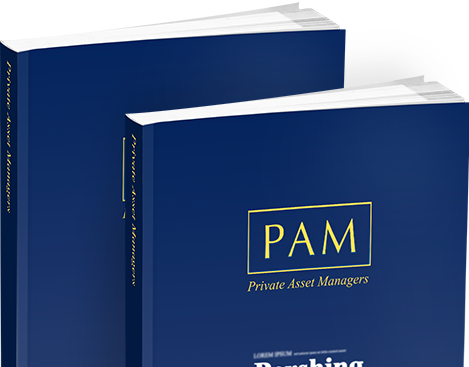Another asset class that has moved to the forefront of the investment world over the past few years has been commodities. This asset class is becoming more accessible with the arrival of new financial instruments.
Prices are driven by demand and supply for each commodity and the performance is heavily dependent on the economic environment. Factors behind demand and supply include the rate of economic growth, efficiency of usage, exploration activity, climatic conditions, expectations about the future rate of inflation and alternative supplies. Commodity prices have generally been driven lower in recent years by the fragility of the global economy, which has especially led to decreased demand from China and other emerging markets.
There are four main types of commodities. They are agricultural commodities like wheat, sugar, palm oil and coffee; industrial raw materials such as copper, nickel, lead and zinc; precious metals like gold, silver, platinum and palladium; and energy such as oil, coal and gas.
The main way in which private clients have traditionally invested in commodities has been through shares in companies that produce and sell commodities, such as oila and gas companies like BP and Shell. The draw back with this approach is that you are not benefiting from true diversification, as these companies are highly correlated to equities.
It is now possible to invest in indices, such as silver and gold, via exchange traded funds (ETFs). Other routes are to buy the physical commodities themselves, or to invest in commodity futures.
One of the main attractions of commodities is the fact that typically they have low correlations to equities and bonds. Some commodities, such as gold, act as a hedge against inflation, especially unexpected inflation that can trigger interest rate rises and hence be bad for equity and bond performance. Nevertheless, it is important to remember that not all commodities are a hedge against inflation.
The PAM Directory is a comprehensive guide on comparative data focusing on asset managers, investment managers, private banks, stockbrokers, wealth managers and multi-family offices, who provide discretionary and/or advisory portfolio management services for private clients.
Order Now
Subscribe to PAM to hear about the latest news and promotions
Site Content Copyright PAM Insight Ltd 2016
This option is not available when logged in as a Private Asset Manager.
For registering with PAMonline. You should now receive an email asking you to verify your email address. If you do not receive this email, please call +44 (0)207 967 1601 for assistance.
To reset your password please enter code below.
To restore your password please enter your email below.
To see full information of the Private Asset Managers, plus the opportunity to rate and follow, login or register
For registering with PAMonline.
You should now receive an email asking you to verify your email address.
If you do not receive this email, please call +44 (0)207 967 1601 for assistance.
To return to the Home page, click here
To see full information of the Private Asset Managers,
plus the opportunity to rate and follow, login or register.
Please fill in all the fields.
To activate your account enter valid activation code below.
To resend activation email type in your registered email address below. Or contact the PAM office on +44 (0)20 7967 1608 to get instructions to activate your account.
